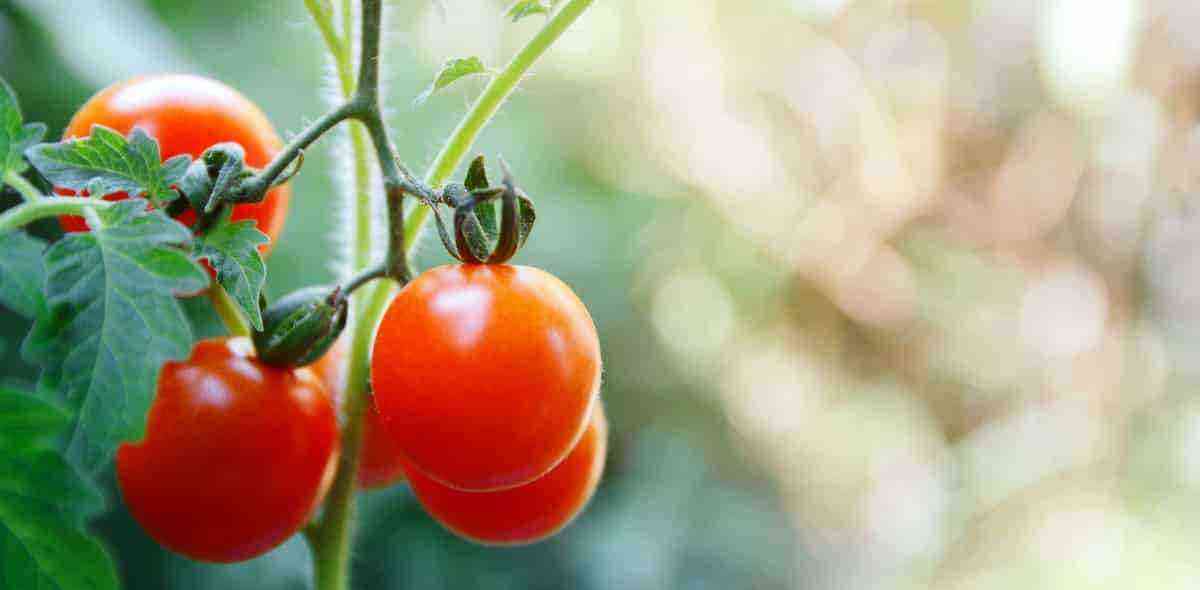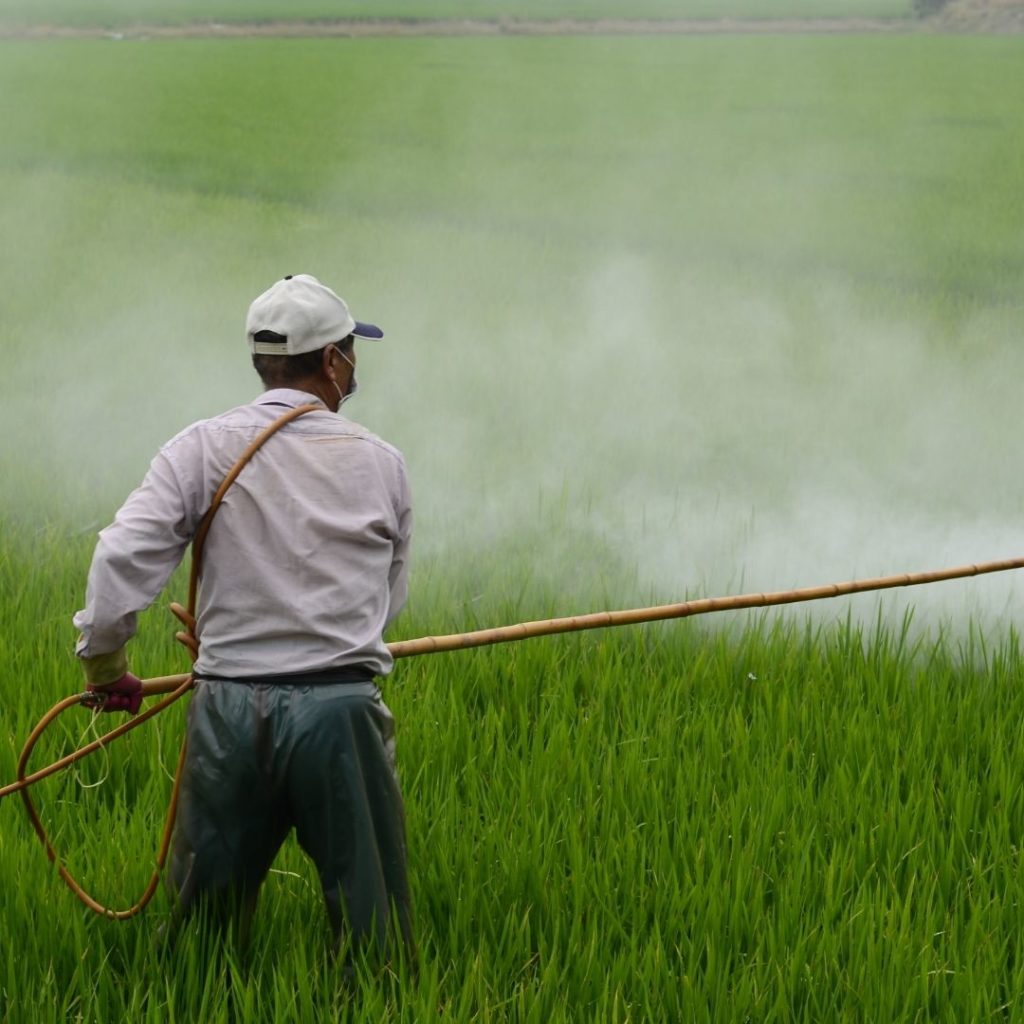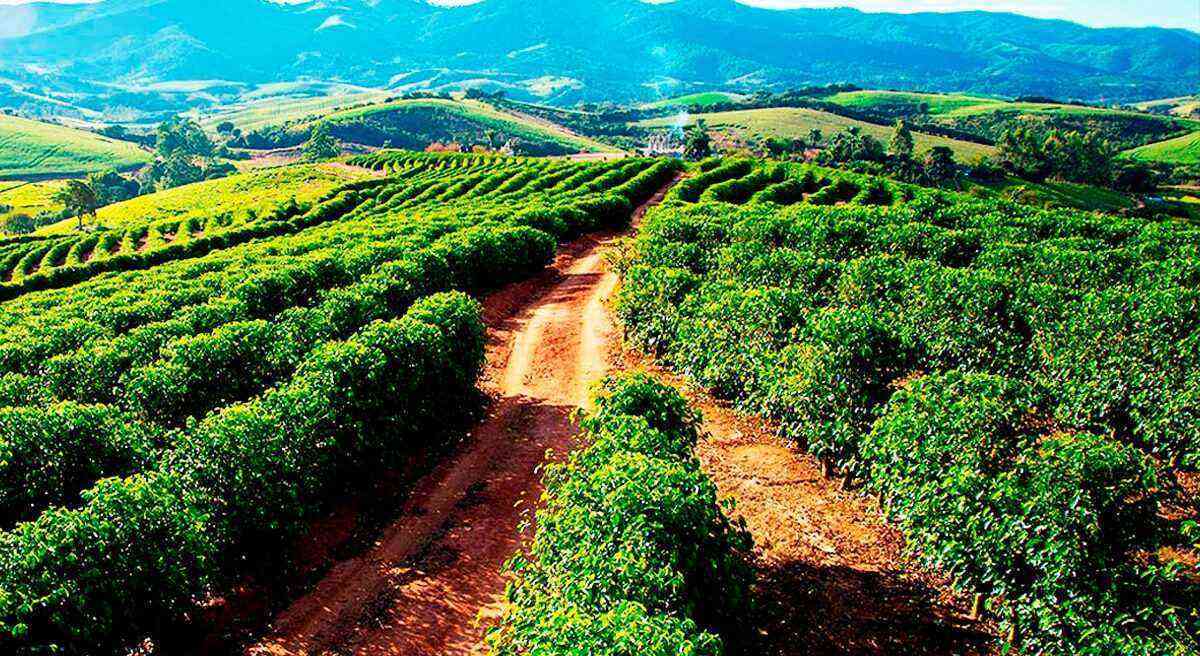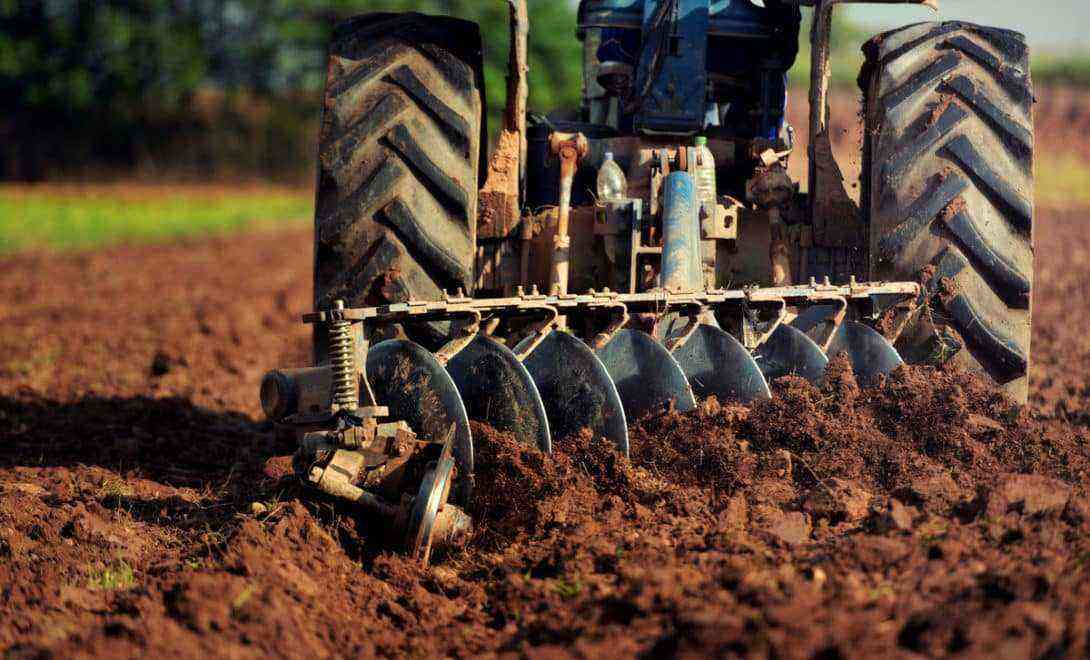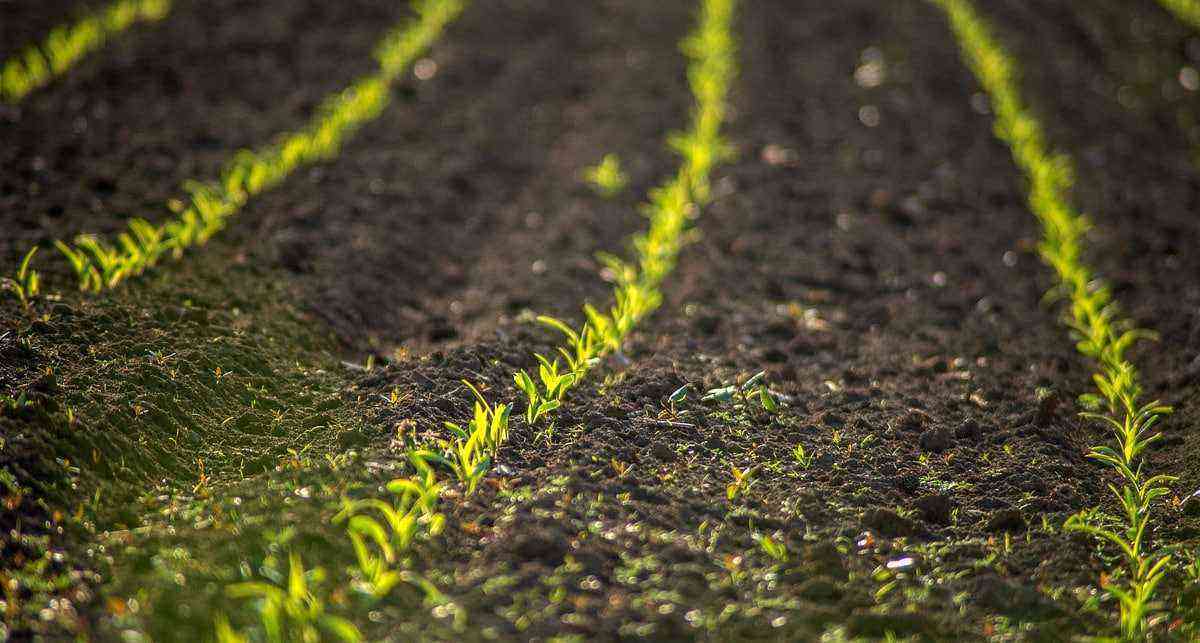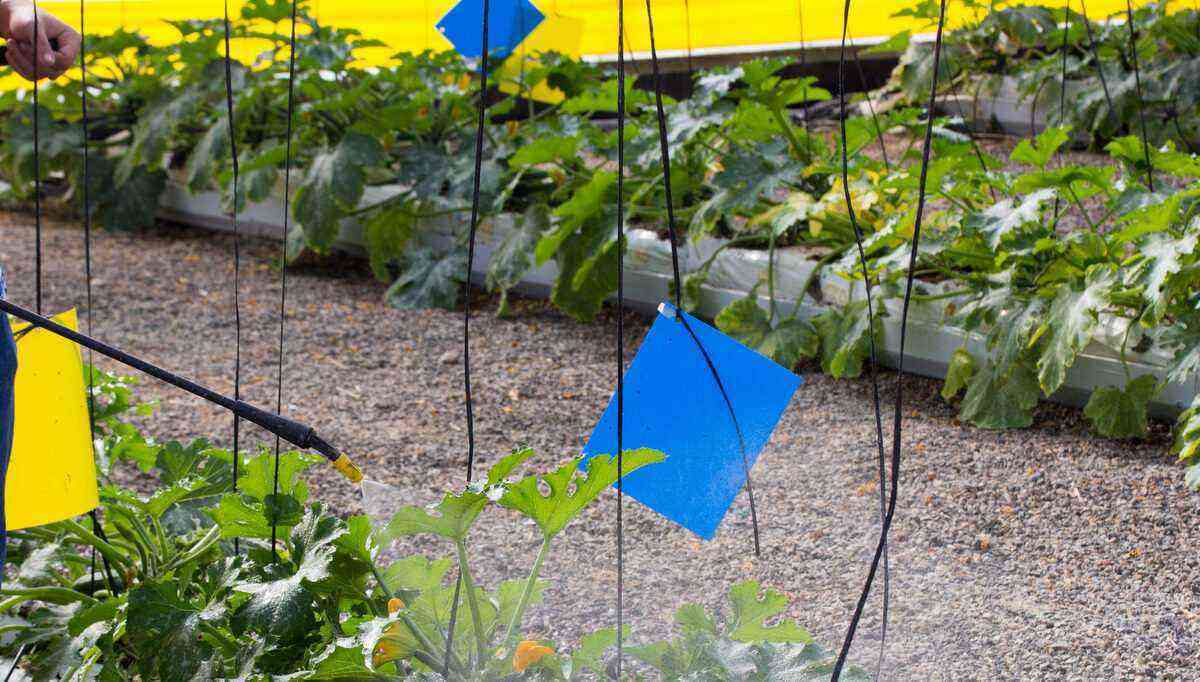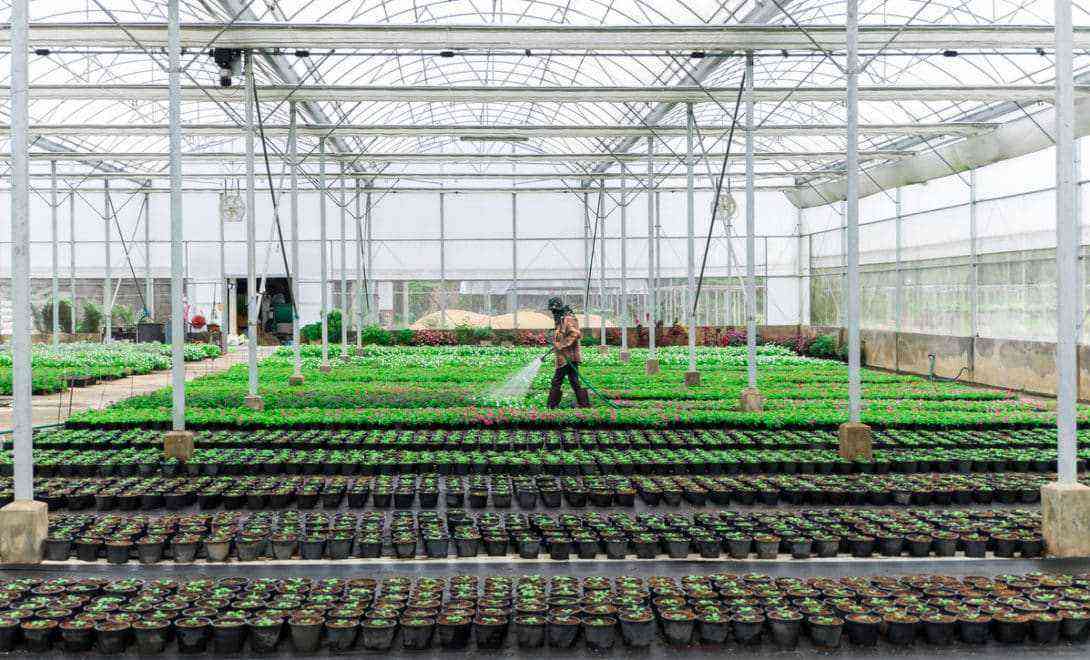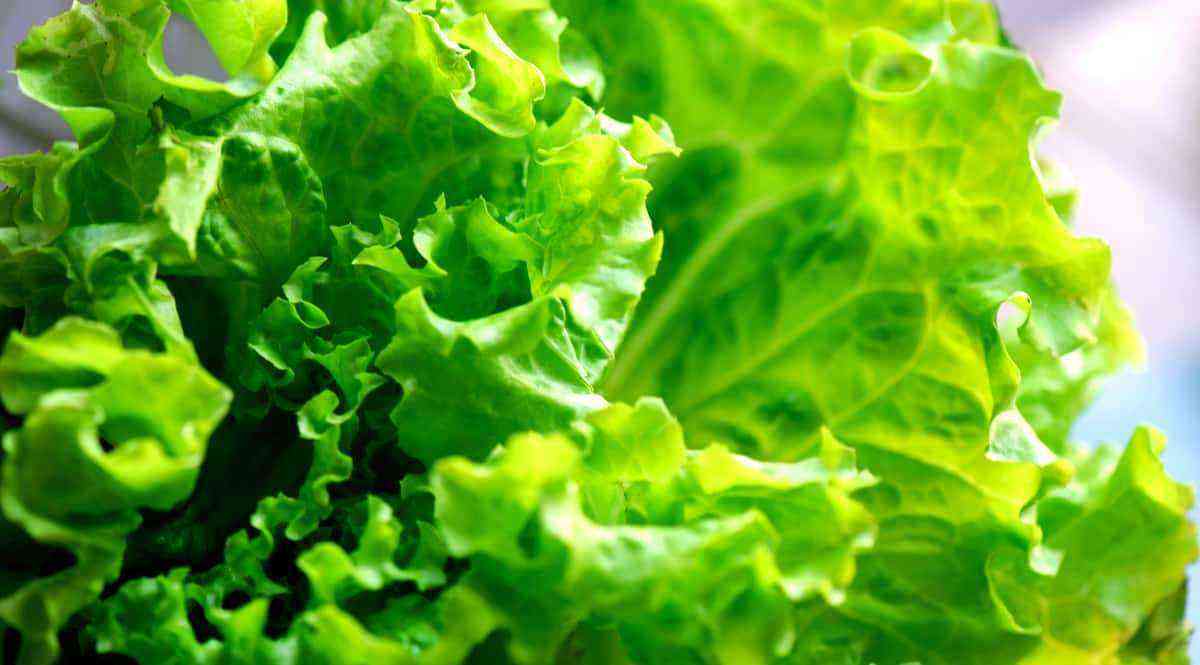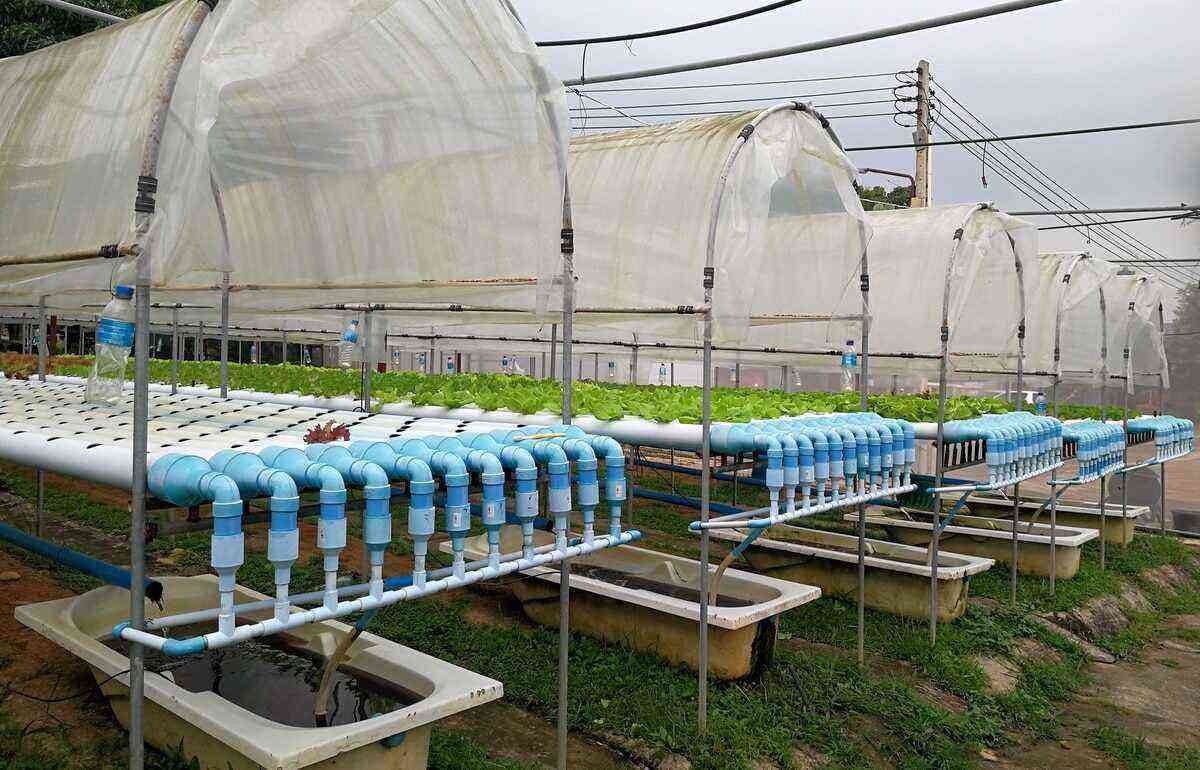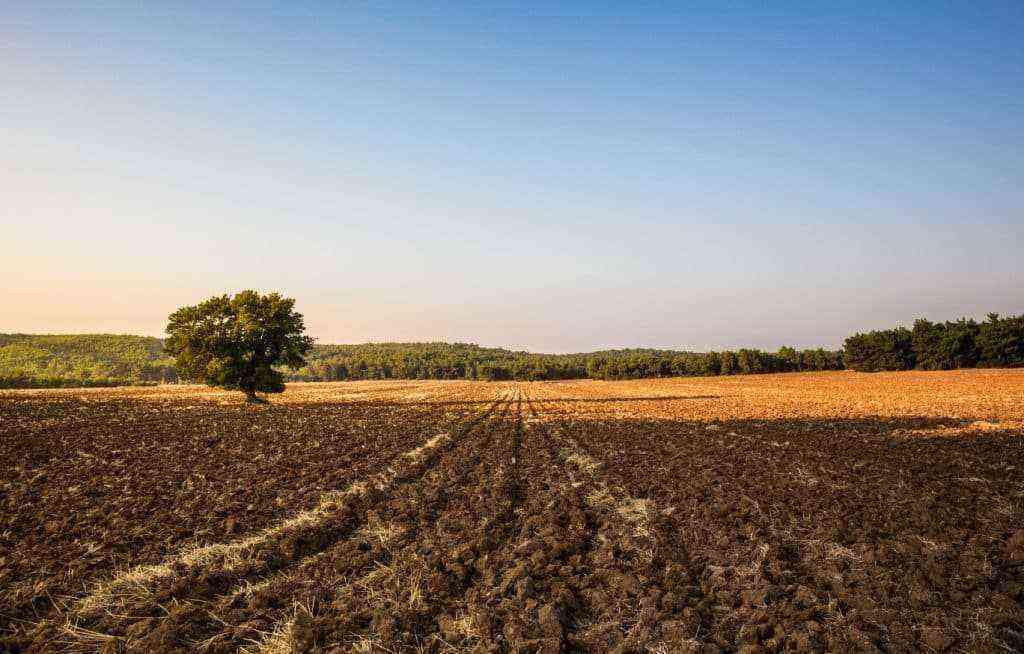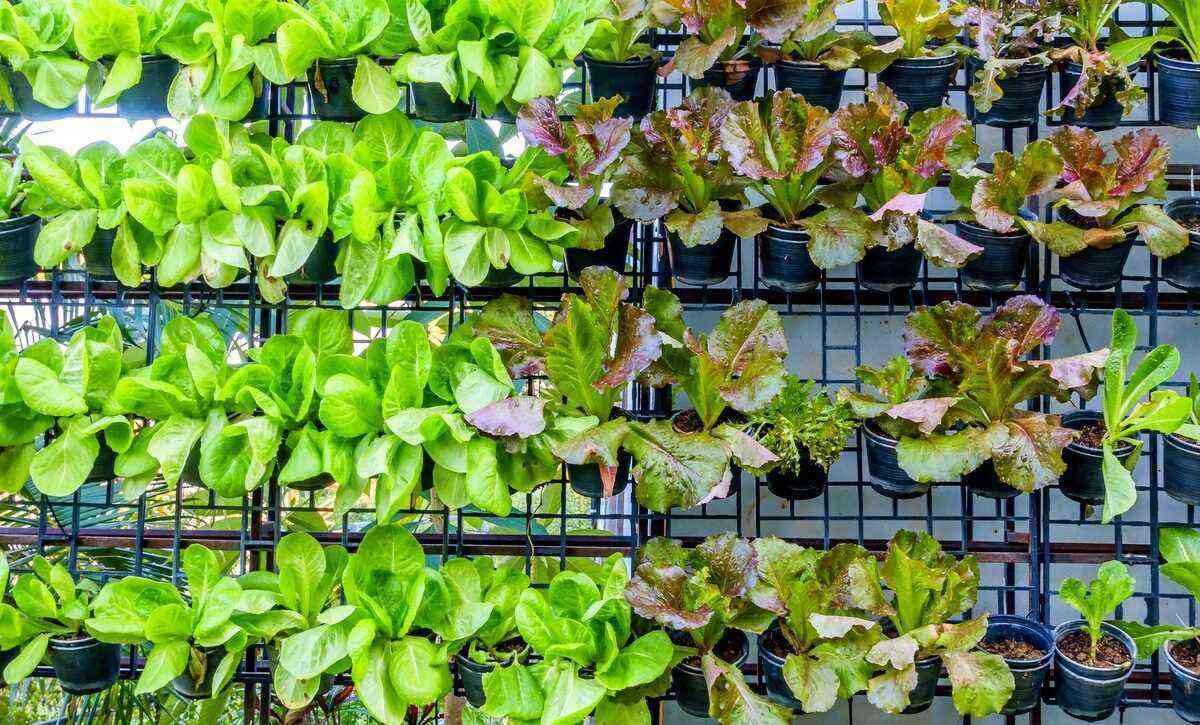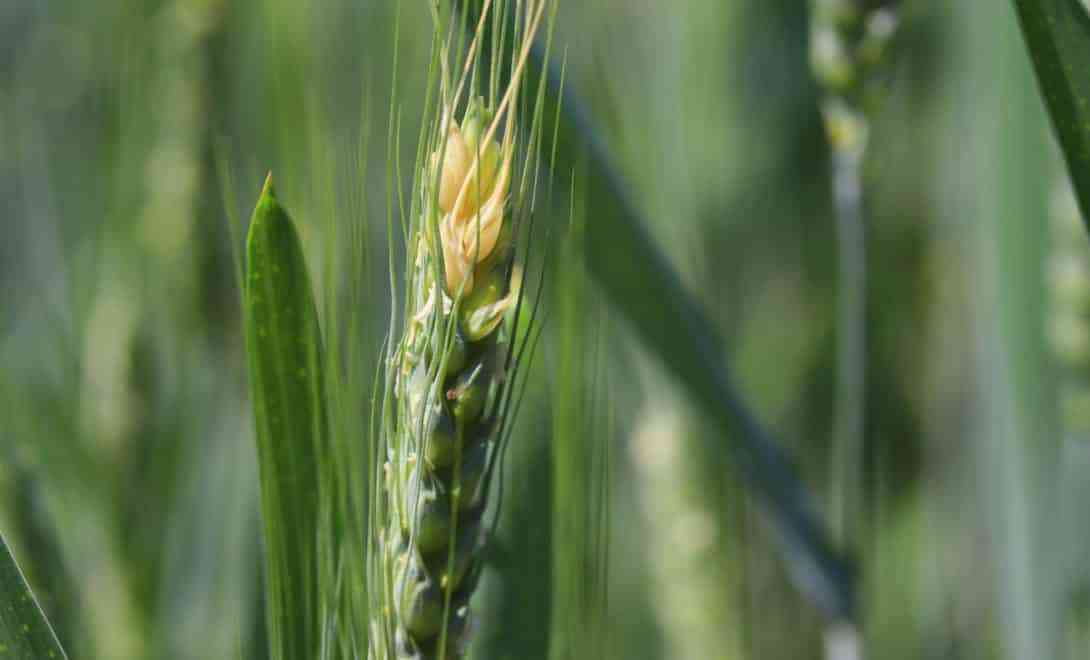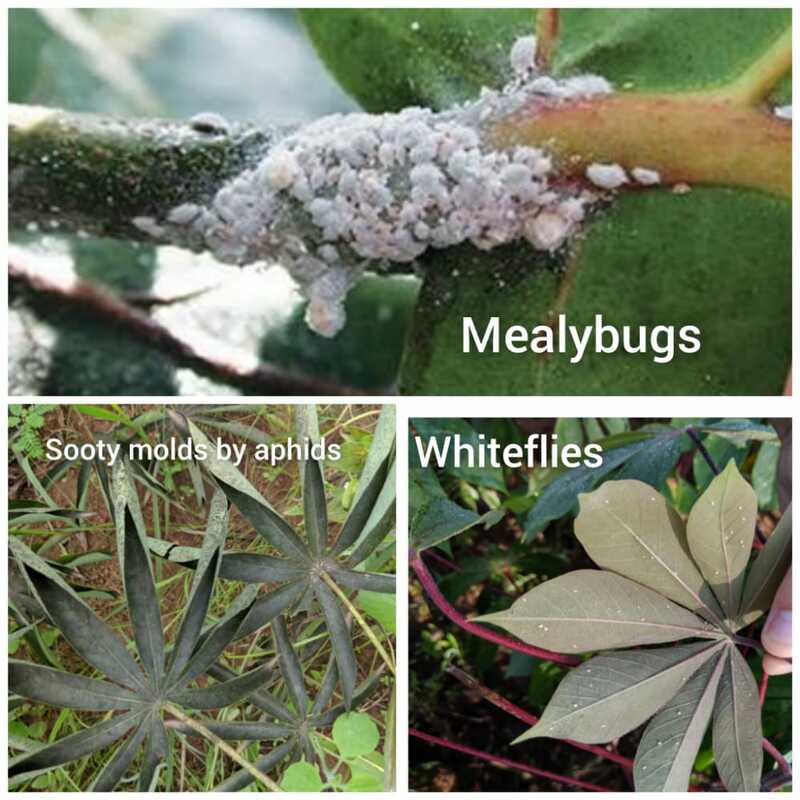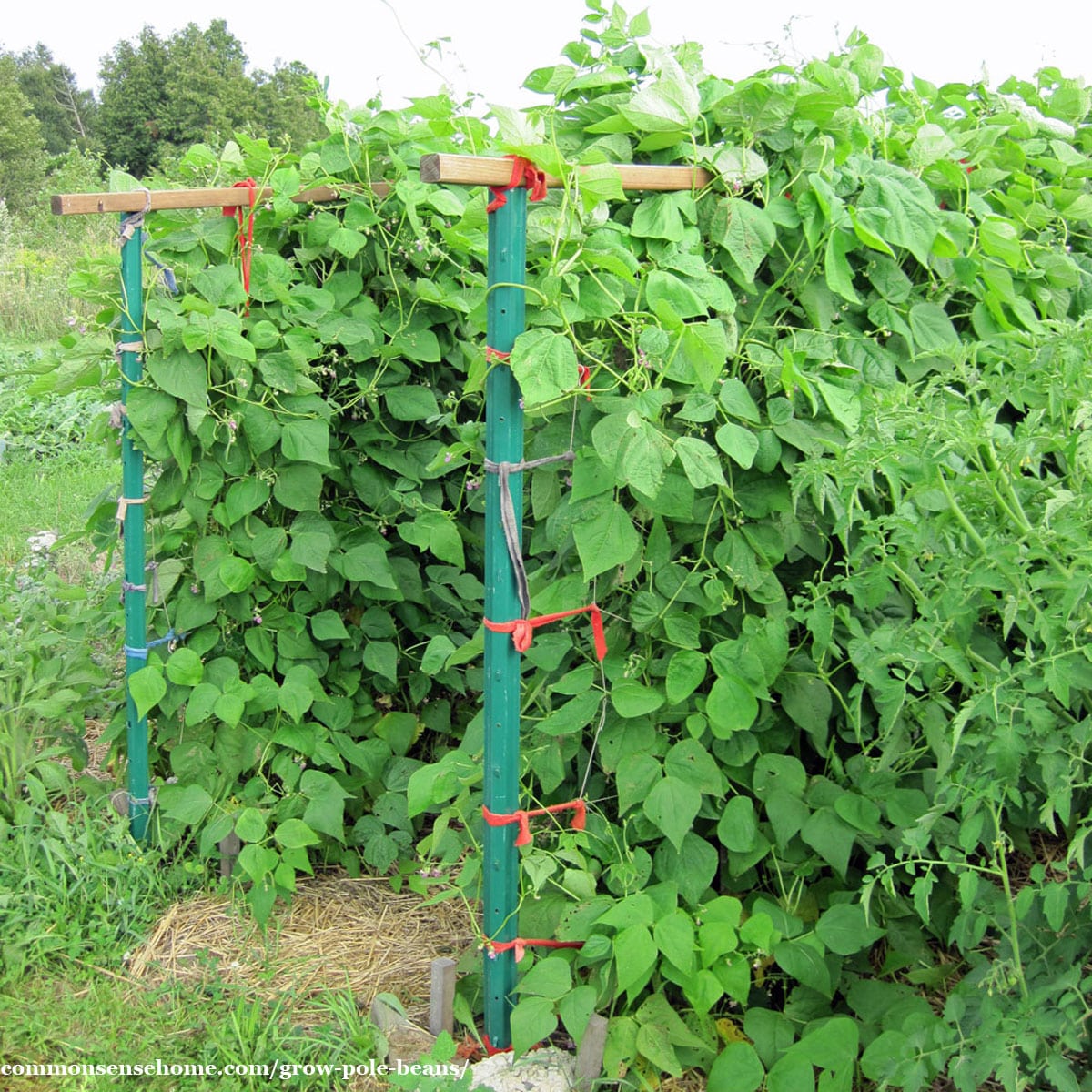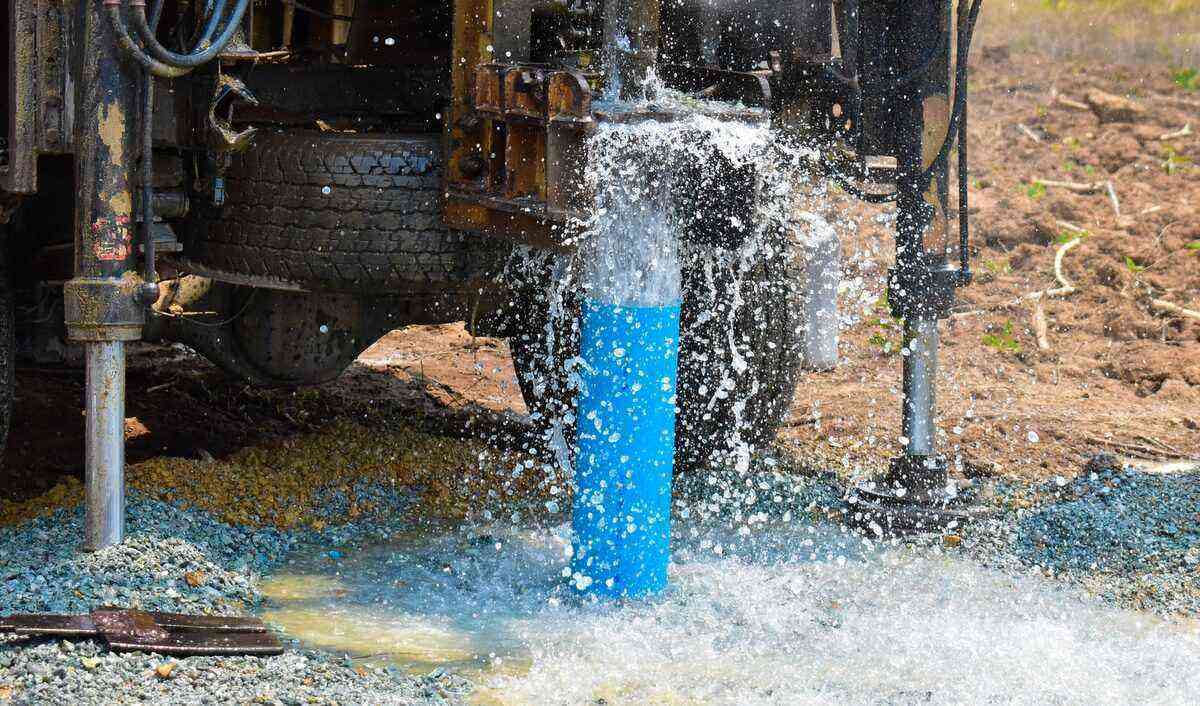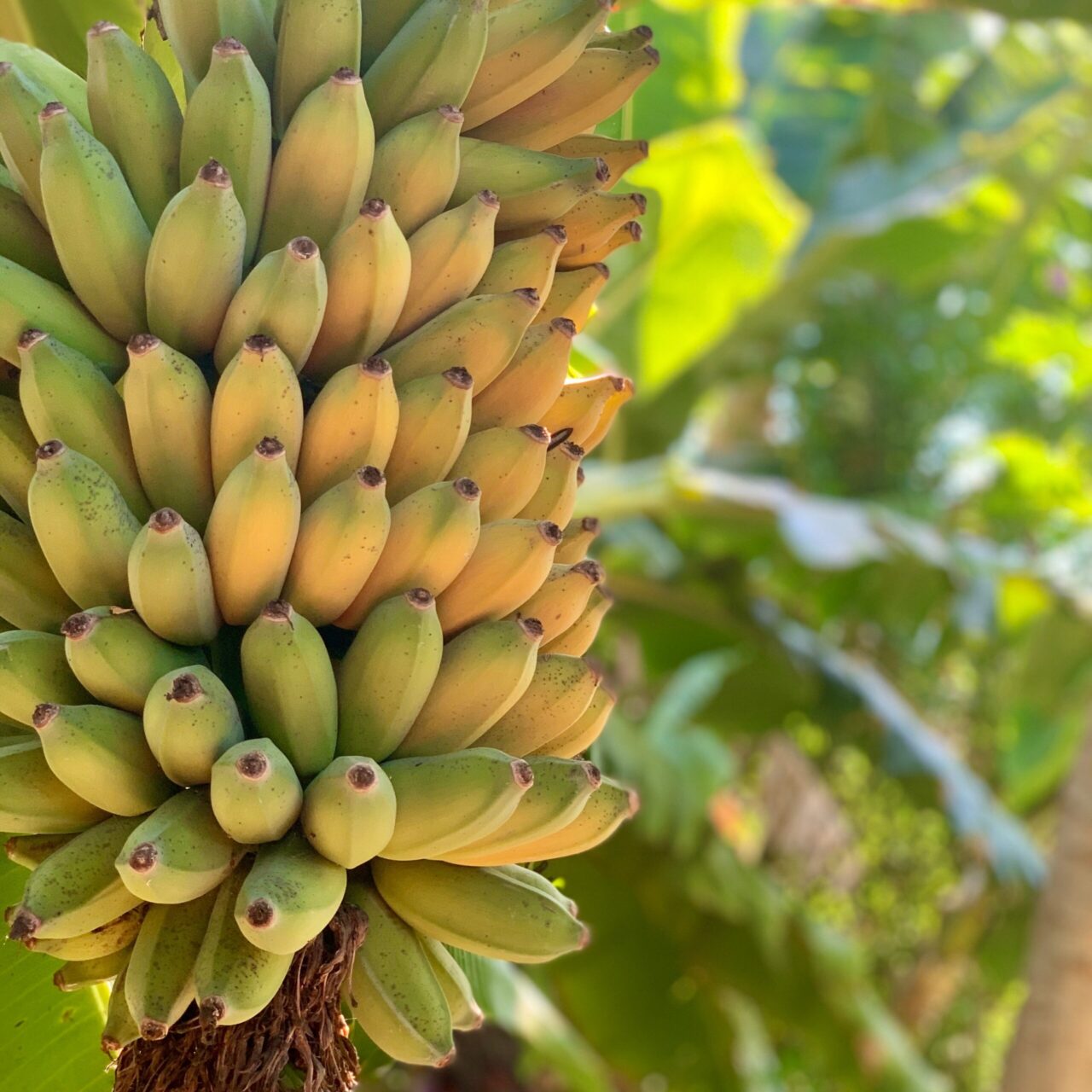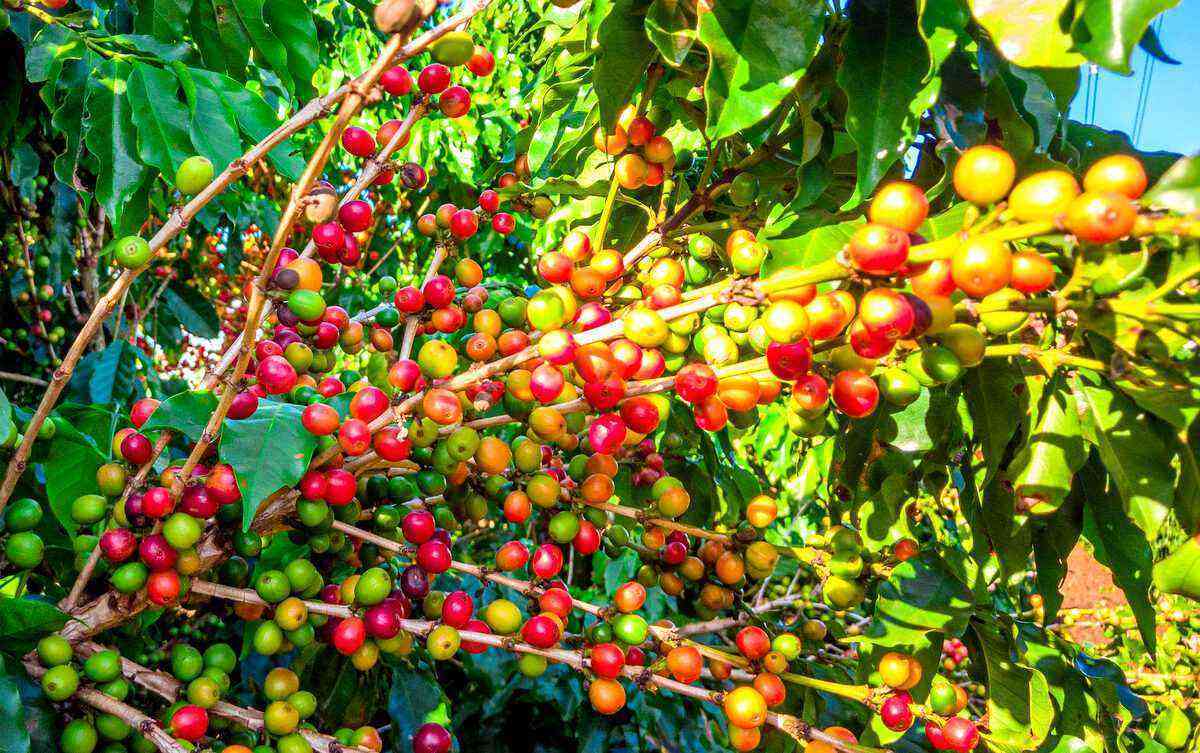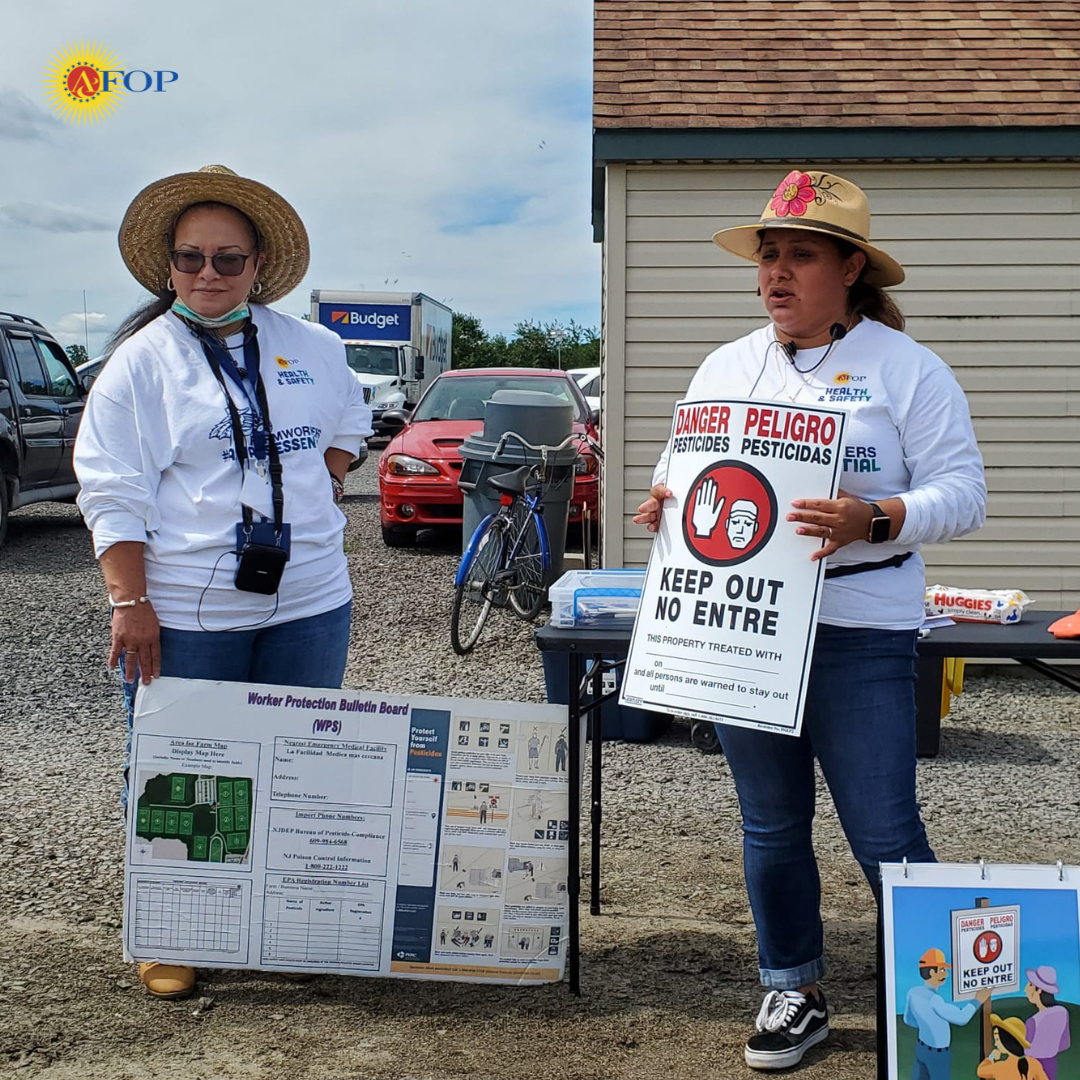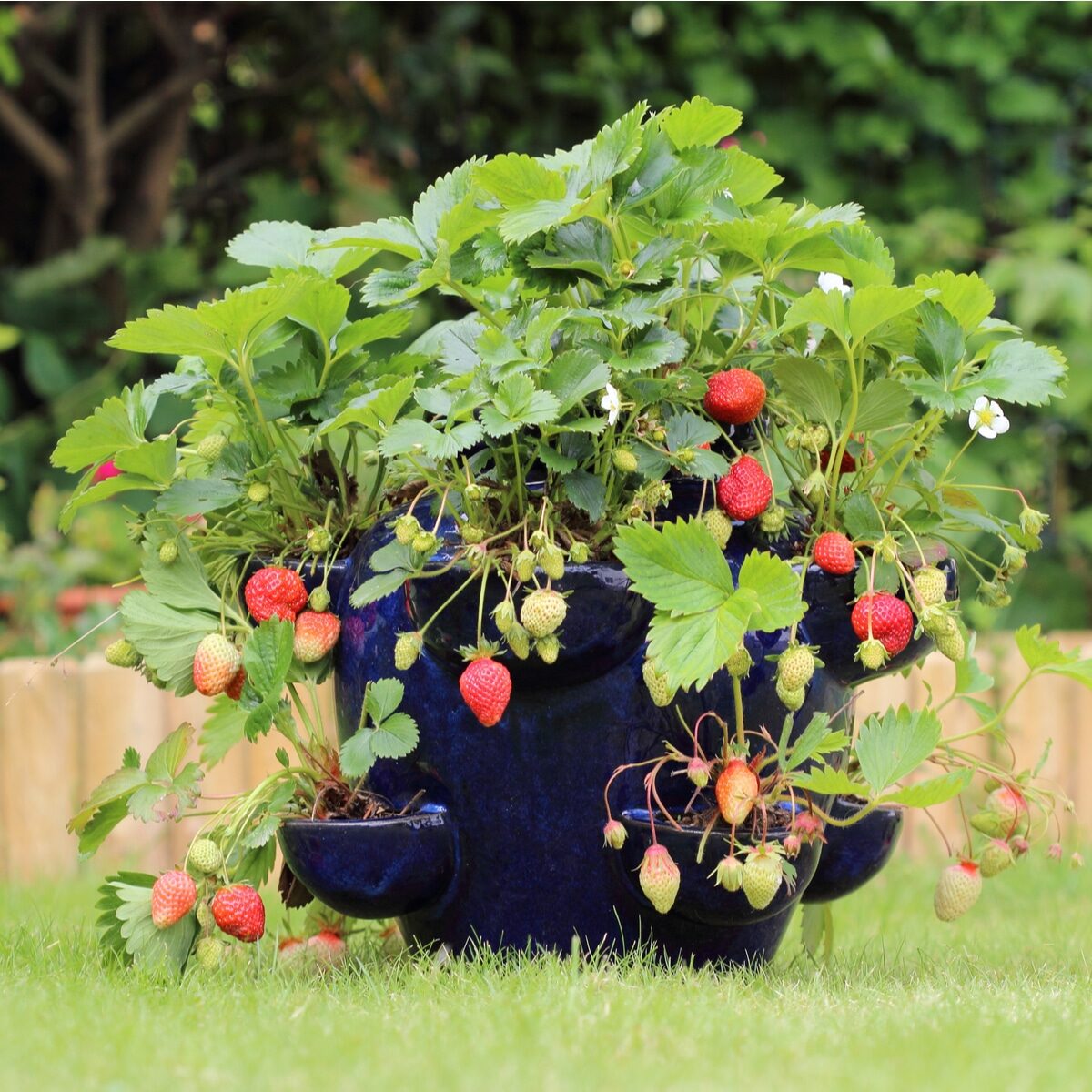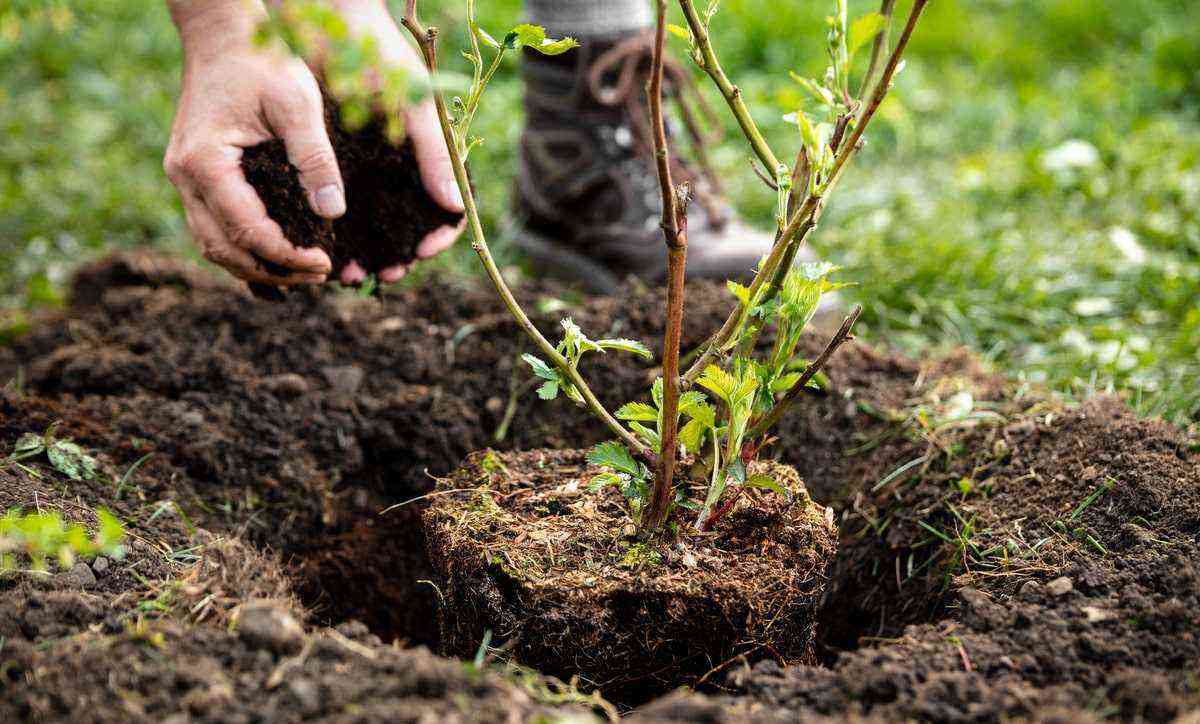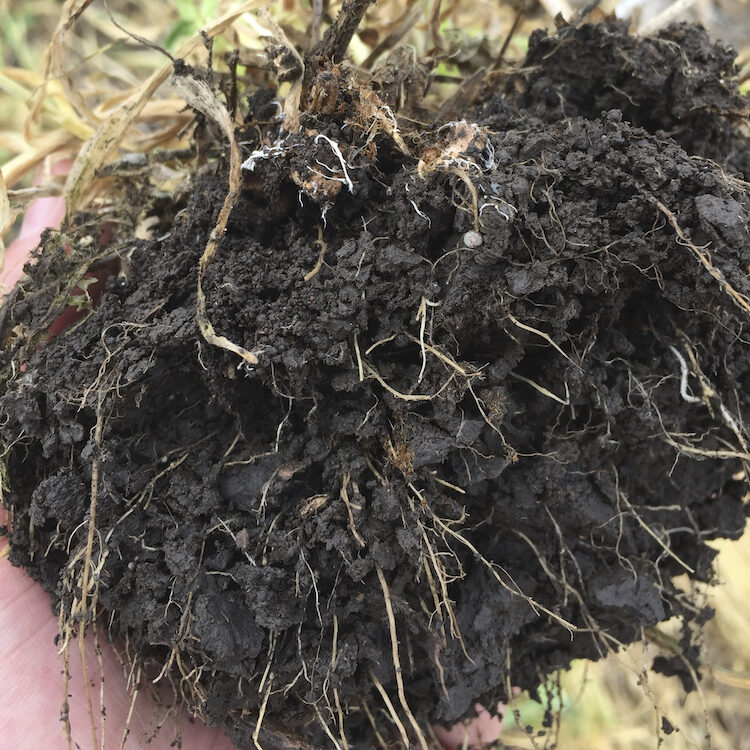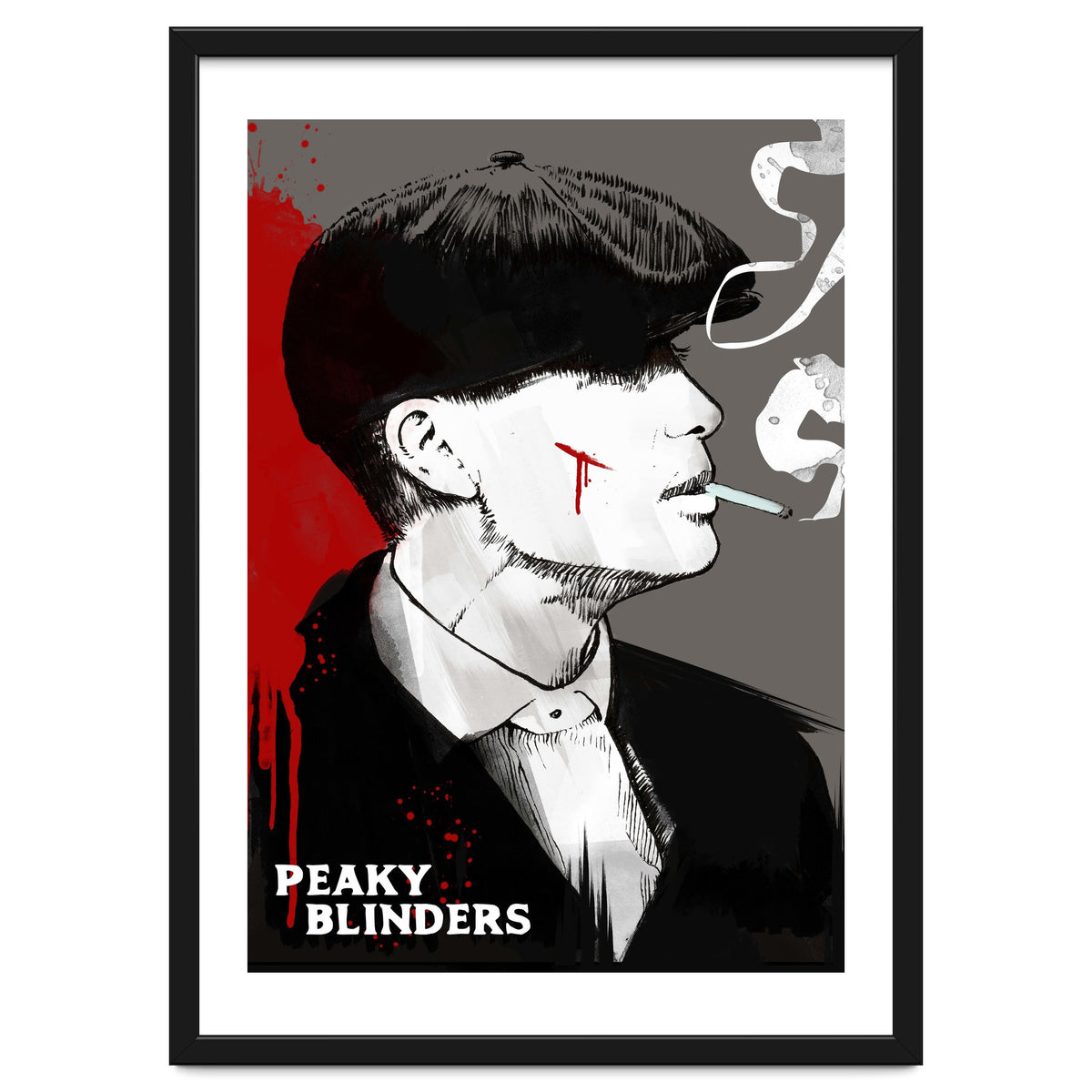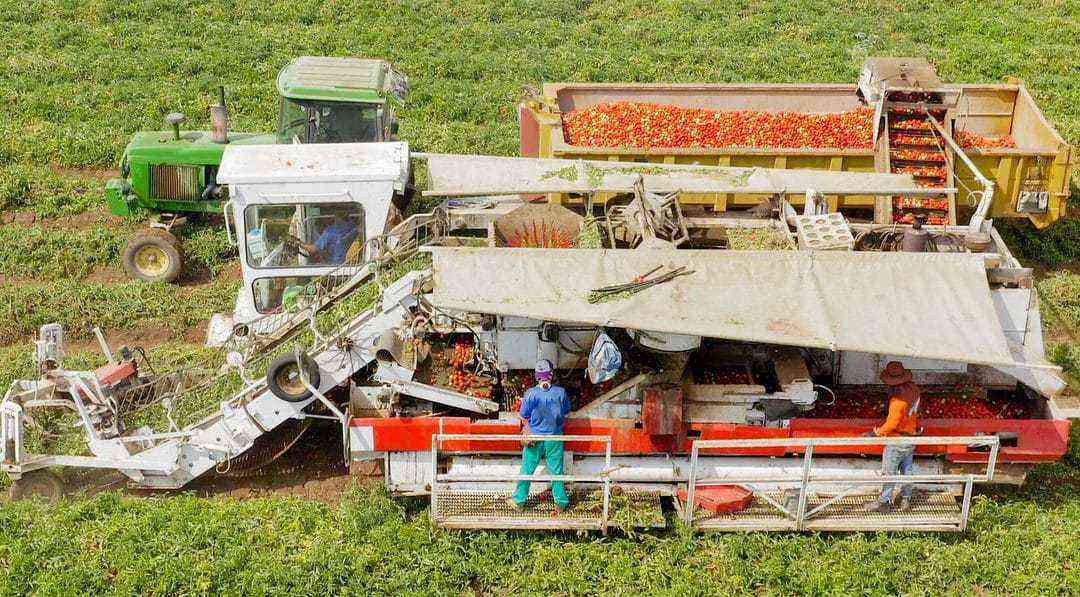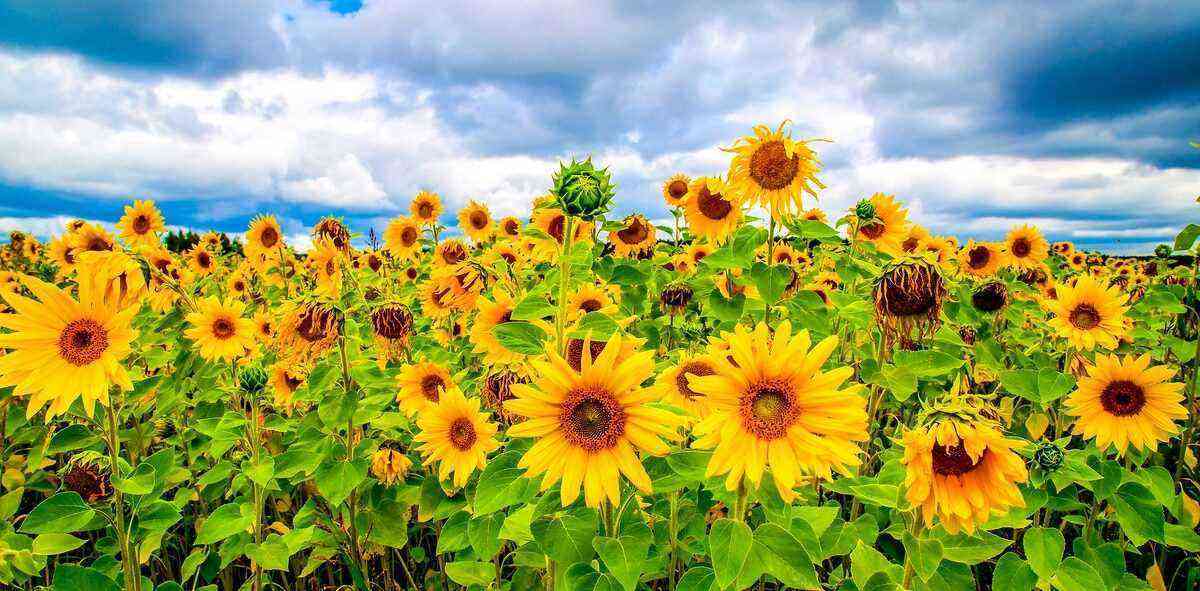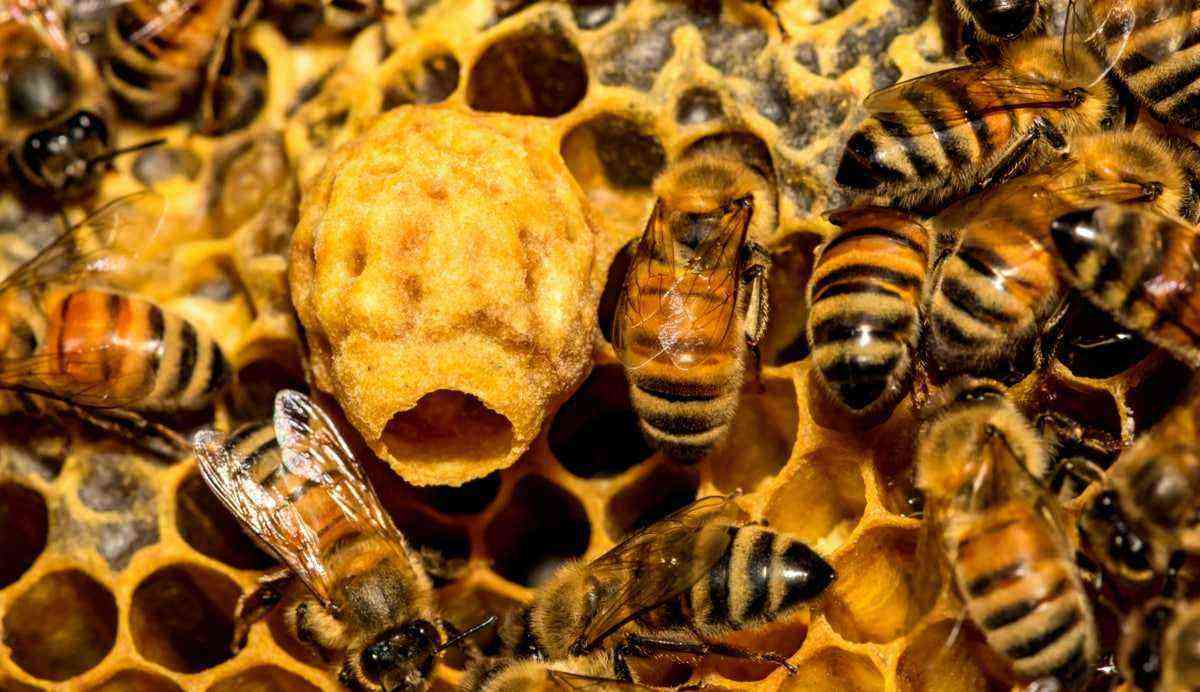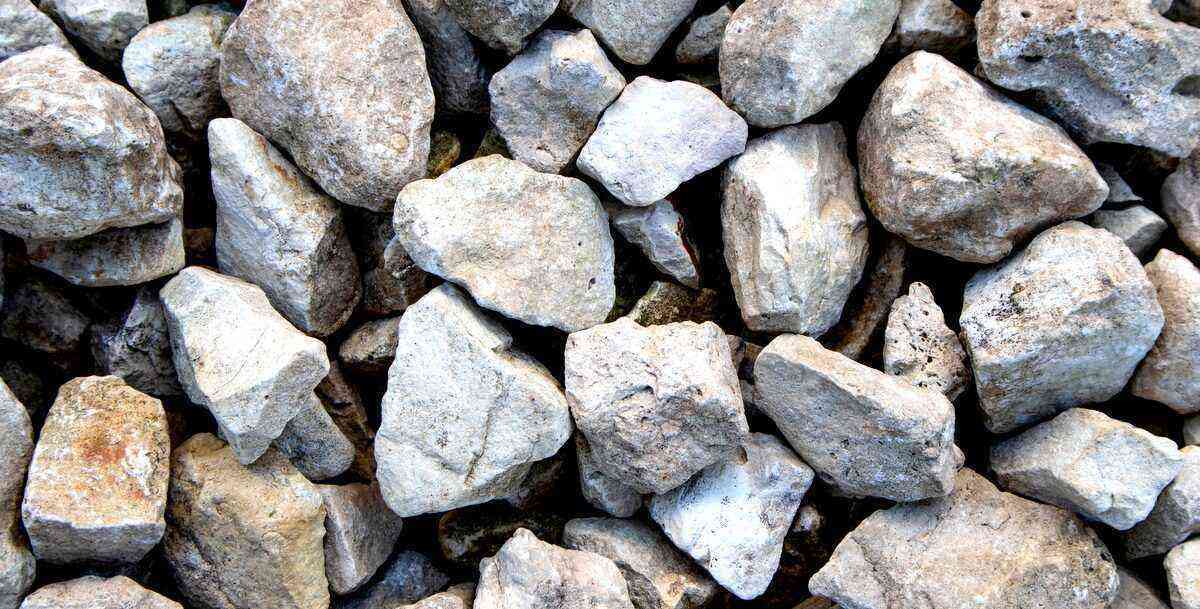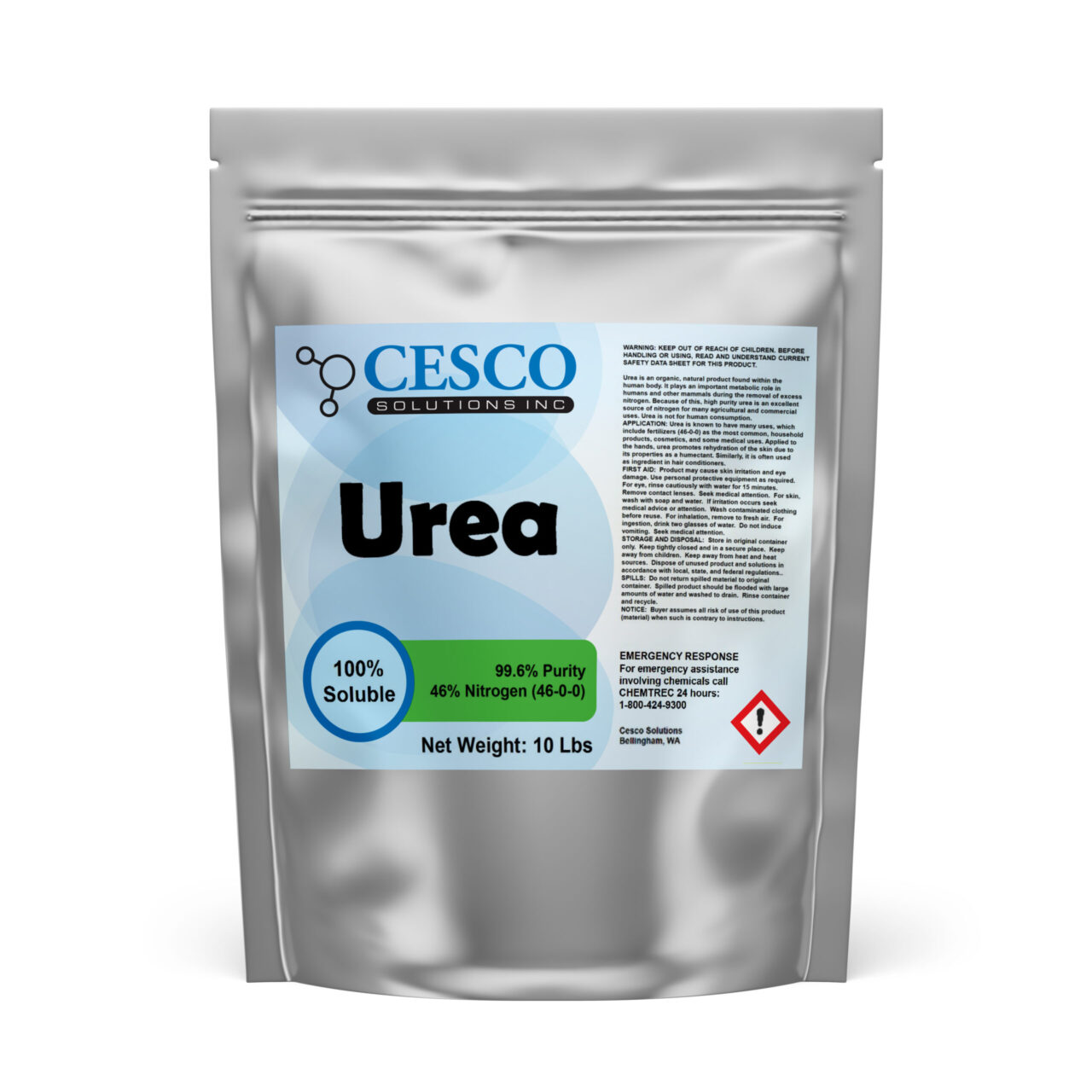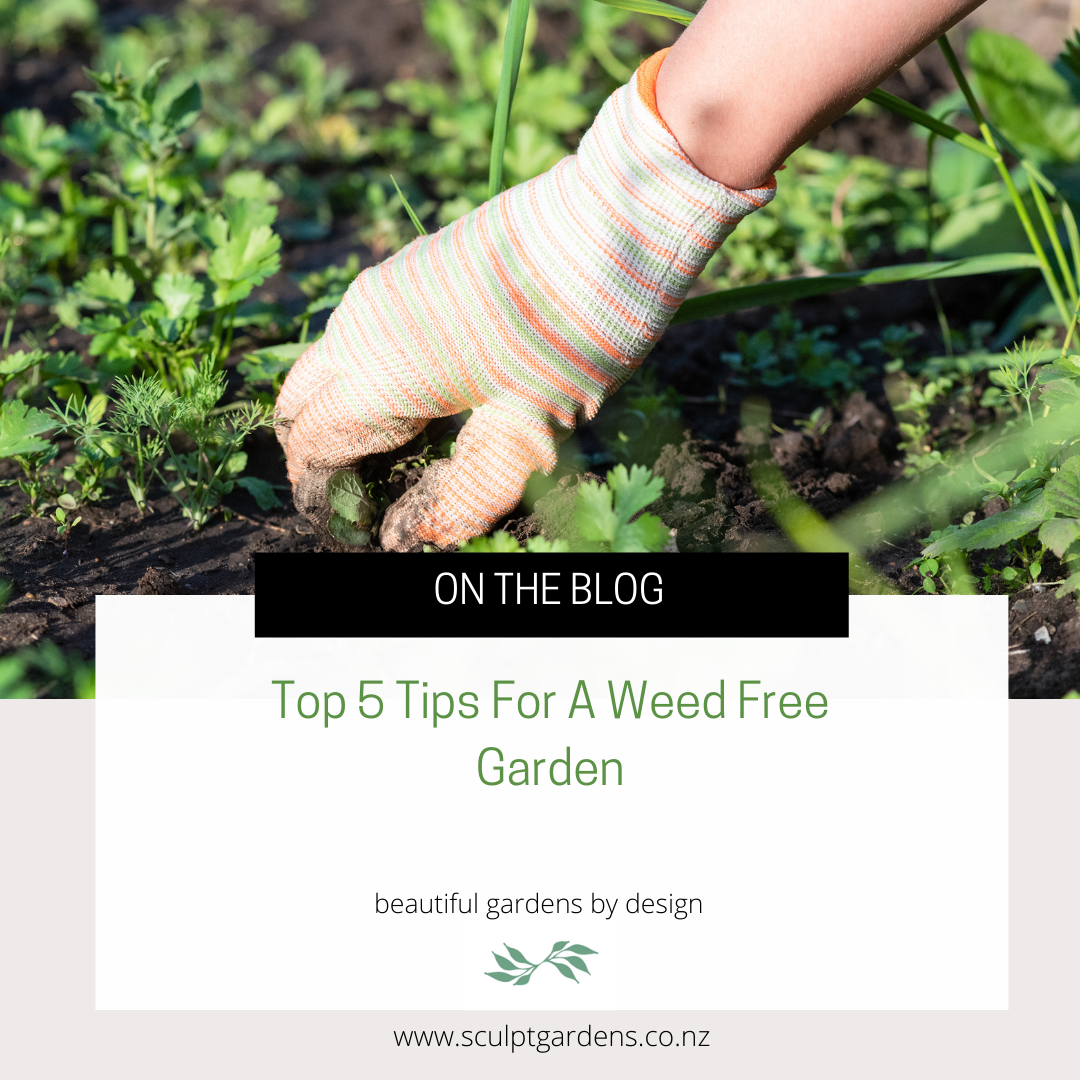Agriculture and rural producers are in a constant process of evolution, aiming, for example, at genetic improvement to increase the productivity of crops and increasingly modern equipment that facilitates life in the countryside.
Thanks to these new technologies, the farmer is updating and acquiring important knowledge. Many paradigms were broken in favor of this evolution of Brazilian agriculture.
Speaking of modern agriculture, go to our Smart Farms article and read about it. Before getting into the concepts of this “technological agriculture”, it is necessary to understand its characteristics and possibilities.
Modern agriculture: sound investments
Agriculture is reaping the fruits of this evolution in knowledge, seeking to combine technology and sustainability with productivity.
This investment in new technologies takes into account the numerous laboratory research on seeds, fertilization, pesticides, genetic improvement, among others. Many of these discovered techniques remain in constant evolution.

Modern agriculture comprises research that contributes to the genetic improvement of seeds.
If we wanted to put it on a timeline, the leap in agriculture starts along with the Industrial Revolution. But, after that moment in history, its growth gained enormous acceleration, mainly from 1990/2000 to the present moment to be considered “modern”.
Among the main features of this modernization of agriculture are machinery, new cultivation practices, genetic innovations in seeds, agriculture 4.0 and also Integrated Pest Management (IPM).
Check out some of the main concepts of modern agriculture below.
3 concepts of modern agriculture
Agriculture 4.0
The first concept that we are going to address seeks to clarify one of the main doubts of farmers who are looking to upgrade their farms. It is the term “Agriculture 4.0” that talks about agricultural production based on new technologies.
The idea is to carry out an agricultural activity that opposes the traditional model. Not that one will be a “rival” of the other, but to create a new style of production in the field, from planting to harvesting.
With the use of technological innovations in all aspects of the work, the model uses modern software and hardware in the production process, from the planning of the agricultural variety that will be planted to the cultivation and harvesting, all based on studies and data collected by these new tools available.
Os Pilares of modern agriculture are: management through data control, a sustainable look at the environment, use of hardware, software, use of modern machinery and redefinition of the professional production process.

The drone is an ally of modern agriculture when performing tasks such as spraying crops.
Today, thanks to these new technologies, the farmer can control, for example, the temperature of a farm and the irrigation of the crop in the palm of his hand, using only his cell phone. Not to mention the use of drones as allies in the fight against pests.
See in the video below, a little more about this concept of modern agriculture:
Source: MultiTV
Geographic Information System (GIS)
The second concept of modern agriculture is the Geographic Information System (GIS), also known as GIS (geographic information system), is the designation of software that maps the environment and its geographic information.
With the images and data collected, including through drones, it is possible to be more effective in combating some pests that are located in a specific area and not in the entire plantation.
This mechanism serves both for planning and knowledge of the space, as well as for saving time and money, becoming, therefore, an important ally of the rural producer.
IPM (Integrated Management of Prague)
The third concept is a crop protection technique that is being widely used by farmers and its efficiency is standing out in the market. The main function is to combat diseases and pests that may affect a plantation, using other types of control, such as biological control and crop rotation, which allow for a reduction in the use of chemical products.

In Integrated Pest Management, crop monitoring must be constant.
The modern character of this type of management is that there is a combination of several areas: technology, chemistry and biotechnology. This control can occur in a few ways, such as fighting insect attack, keeping them at levels below those that would cause economic damage. But for this, constant monitoring is important, through field sampling.
The idea is based on sustainability. With the use of Integrated Pest Management (IPM) it is possible to reduce by 50% the use of pesticides.
Conclusion
These technological changes are increasingly broad, inclusive and have changed the way of dealing with agriculture. This means that more and more farms will be upgrading, contributing to the agricultural development of the country.
How about applying one or the three concepts mentioned above to your rural property?
In fact, the way of selling or buying products related to agriculture has also been updated. Just one click! Access our website and see the main news and offers.
See also: The challenges of family farming in Brazil
